In this day and age, outdoorsy women (myself included) are generating a lot of social media noise around colour, fit and technical kit (that quite often isn’t built to the same standards and specifications as the male counterpart) and the question has been looming – Why the hell do we have gendered sleeping bags? Surely gender has nothing to do with it at all. Do we really need gender-specific sleeping bags?
Yes. Yes, we do.
I wish I could leave my post there and have this answer all of your questions, but I feel I may need to elaborate.
Before we go any further it’s important to first understand the EN rating on sleeping bags. Traditionally, sleeping bag manufacturers used their own testing methods and experience to calculate their products performance, which was OK unless you wanted to make a fair comparison across different brands. So in 2005 a European standard for sleeping bag temperature ratings, EN 13537, was introduced and is now widely used to give consumers a guide to sleeping bag performance across a range of temperatures.
EN 13537 requires a thermal manikin test which produces four different temperature ratings to give you an indication of the bags performance. For the purpose of these measurements, a “standard man” is assumed to be 25 years old, with a height of 1.73 m and a weight of 73 kg and a “standard woman” is assumed to be 25 years old, with a height of 1.60 m and a weight of 60 kg.
Upper limit: This is the highest temperature at which an average male should experience a comfortable night’s sleep without excessive perspiration. It is established with the hood and zippers open and with the arms outside of the bag.
Comfort: This is the temperature at which an average female should experience a comfortable night’s sleep in a relaxed position. On average, women sleep colder than men so this rating is some degrees above the ‘comfort lower limit’ for a man.
Comfort lower limit: This is the lowest temperature at which an average male should experience a comfortable night’s sleep whilst lying in a curled up body position. This used to be known as the comfort rating.
Extreme: This is a survival rating where an average female is likely to suffer health damage such as Hypothermia after six hours. It should be treated with the utmost caution and not be relied on for general use.
These ratings are taken assuming that the subject is using a sleeping pad, is in a tent, is wearing one base layer of thermal underwear, has eaten and has not consumed any alcohol.
The EN 13537 European Standard does not, however, apply to Down filled sleeping bags with a fill weight in excess of 800g (or around about -18/-20°C – this is where they are no longer able to carry out the EN testing), for those bags you will have to rely on the manufacturer’s experience and technical expertise, which in practical experience is often more accurate.
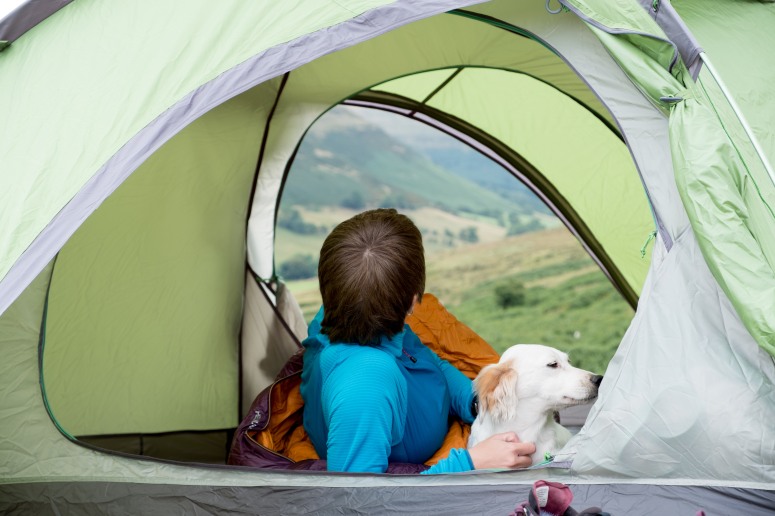
I swear by women’s sleeping bags and the term has never annoyed me at all. I am only 5’1″ so a women’s regular fits me great with a little wiggle room, but a men’s regular would be huge. A bit like a down jacket, the closer fitting a bag is, the warmer you will be (within reason, I don’t want your bag to be bursting at the seams). Dead space in a sleeping bag refers to the space that you physically aren’t filling and is basically a massive waste of your energy. This is because you still have to warm this space that you aren’t using. So having a bag that fits you better with less dead space will be much more thermally efficient. Plus, I’d have to carry around another 200g (depending on the season) or so worth of weight compared to my smaller women’s bag (and I’d really rather not do that, especially if I’m out for a few days).
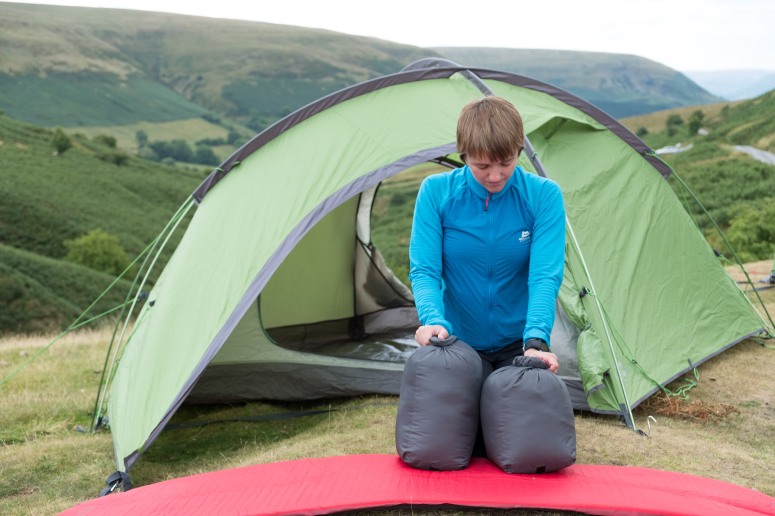
Also, the temperature ratings (those things I mentioned above) on women’s bags are more accurate for us- this is purely down to physiology. It is a fact that in general women need more warmth and insulation to sleep as comfortably as a man at the same temperature. In order to achieve the same great night’s sleep a women’s bag would require more insulation and in different sections of the bag (like our feet and our hips).
Making sure the baffle is filled to its optimum capacity is half the battle; if a baffle is too big or filled with too little down then down will move around and offer reduced efficiency and contribute to additional weight for no benefit. Conversely, if a baffle is too small or filled with too much down then it cannot loft properly, again offering reduced thermal efficiency. Brands like Mountain Equipment have invested significant time in laboratory testing, field testing and extensive prototyping to optimise the down density across their range of bags, and in each baffle in every bag. Each bag has been optimised not just for thermal performance, but for compression resistance, migration control, comfort, and longevity. Down optimisation is different for both men and women – what works for my partner will not work for me and vice versa.
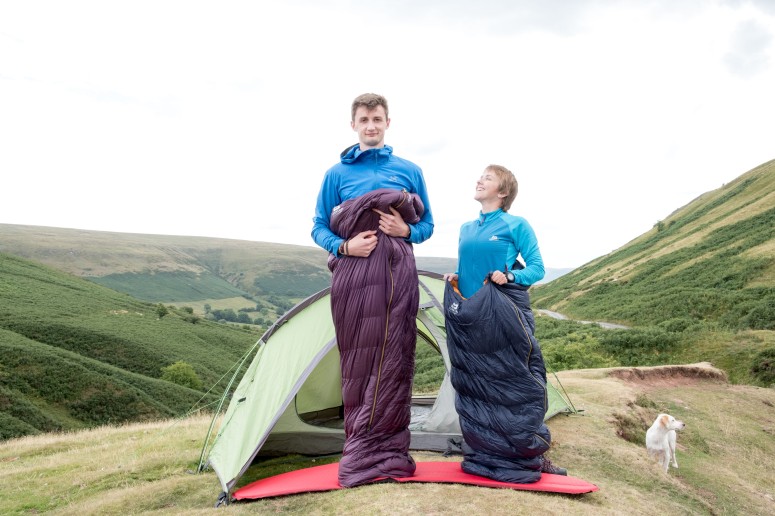
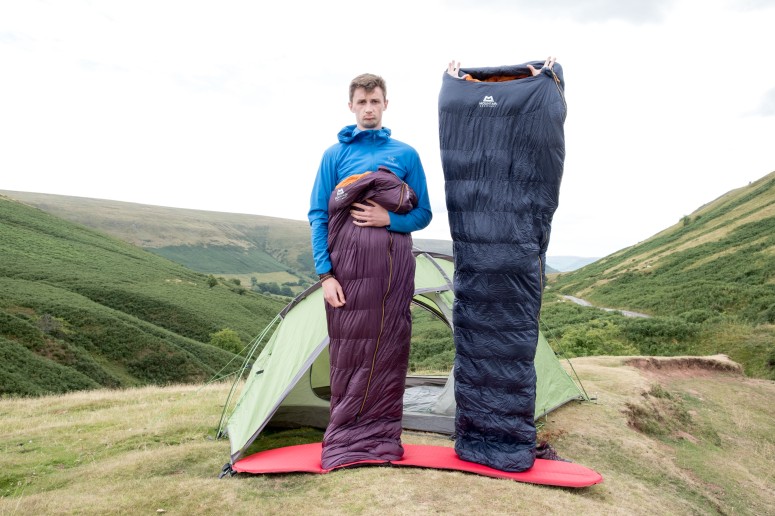
Seeing the term ‘Unisex’ on a bag would actually put me off buying one, because, as I mentioned before, like it or not, men and women are not physiologically the same, and nor do I want to be told that we are. In my mind, brands may favour building a unisex bag tailored a man’s shape or just square and we’d all just have to ‘make do’. I would much rather buy a women’s specific bag in the knowledge that companies have spent the time researching my genders specific thermal needs.
Of course, what works for one body type may not work for another, but bags fluctuate in width and length depending on the type of bag and the brand, so it’s just about finding what works for you. If you are over 5’5″ (ish) then it will be worth having a look at a women’s sleeping bag in a long length – they are few and far between, but Mountain Hardwear and Mountain Equipment have started doing them – it’s just about having a dig and double-checking their ‘long’ lengths (I think Mountain Equipment come up at 185cm and Mountain Hardwear 198cm).
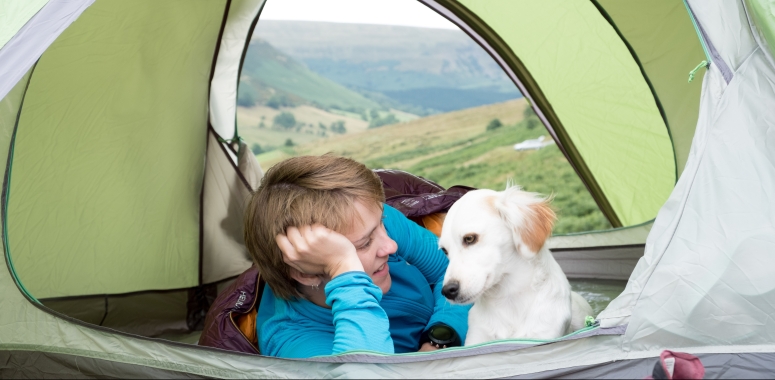
I hope that has helped you make an informed decision when it comes to sleeping bags! It’s a really broad topic though, and by no means am I convinced I know it all, so if you have anything to add to the discussion then pop them in the comments section below – I’d love to talk further about this!
Until next time Ferals,
H
Facebook: The Feral Lady
Instagram: @theferallady


What about women who are closer to 6’1″ than 5’1″ though. They still are the same shape and physiology.
LikeLiked by 1 person
I agree – some makes are longer in the body than others (I am 5’1″ and I have too much length in my sleeping bag, but I just tuck it under my feet).
But even better, some brands like Mountain Hardwear do some women’s bag in a long length (E.g https://www.madaboutmountains.co.uk/1207/products/mountain-hardwear-laminina-z-spark-long-sleeping-bag–dark-raspberry.aspx?currency=GBP&gclid=CjwKCAjwzenbBRB3EiwAItS-u5iJhNUHgQjbwiqEWpJ6g21FMbVUXNaC3NKRH04CidjnqVUs3uiIsBoCVyAQAvD_BwE which has an inside length of 198cm, or 6’4″) – but more brands definitely need to get on board with this!
It’s just about having a hunt, trying bags on (if you can get to a retailer with a lot of options) and seeing what works best for you.
Hope this helps!
LikeLike
Hi J M – I mentioned in my ‘who is the Feral Lady?’ page that I work for Trekkit – I just wanted to let you know that I passed on your comment to our merchandising team and from this winter (stock arriving soon) we will be stocking the Womens Helium 400 sleeping bag in the long length ( https://www.trekitt.co.uk/36394/products/mountain-equipment-womens-helium-400-long-blackberry.aspx )!
Thank you so much for your feedback – I hope you have a wonderful monday!
LikeLike
Side note: Mountain Eqipment do long lengths for women too, but from what I can see, Rab do not – I will ask them about this next time I am up there!
LikeLike